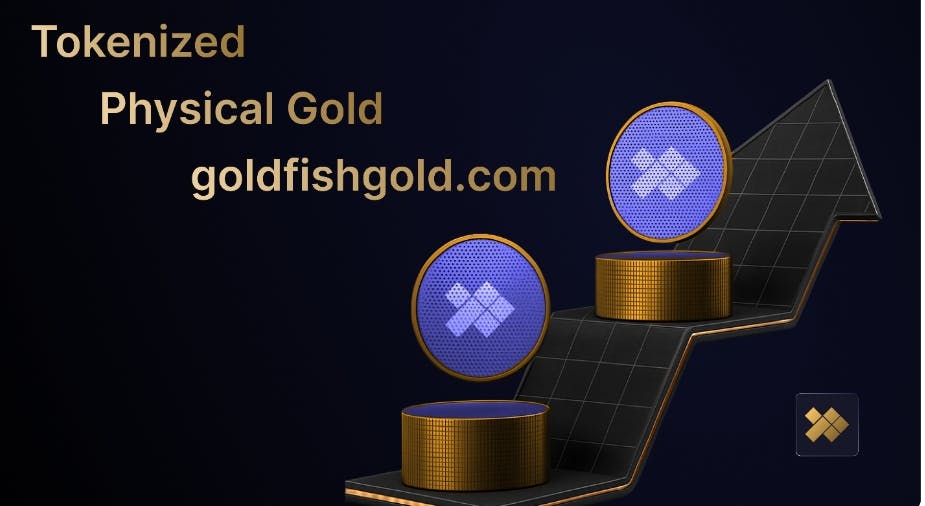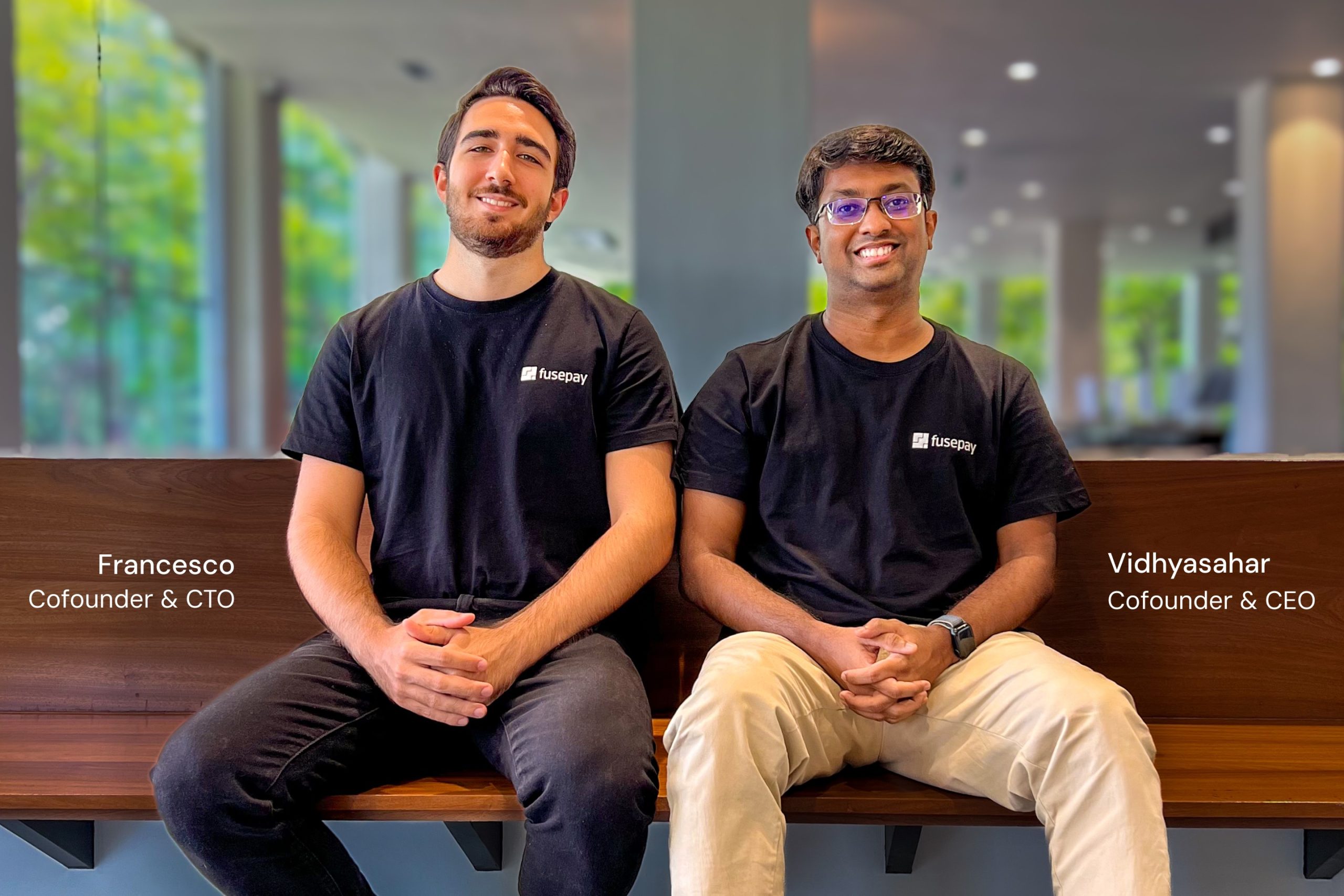Thelma Dike is a senior product designer at Chipper Cash, where she designs products that move the needle for users and the business alike. She has delivered multi-million dollar impact across fintech, enterprise, and consumer products—from a fintech network API dashboard that processed billions in transactions, to an in-house AI verification feature that cut costs significantly.
She modernised complex enterprise systems for a Fortune 500 company, collaborated with Verizon and NVIDIA on resource management tools, and designed consumer solutions like RXGO, a mobile health app that saved Americans millions. Thelma’s strength is turning complex challenges into intuitive, high-performing designs that drive real growth and efficiency.
Outside of work, she spends time at the gym chasing her next PR, travelling, or volunteering with friends to teach AI in secondary schools in Lagos, Nigeria.
- Explain your job to a 5-year-old.
I draw things on a computer that help people use their phones easily. When you watch your cartoon or play your games, I make sure what you see is easy to press and understand.
- You’ve designed products that have moved billions in transactions and saved companies millions. What’s one design decision you’re most proud of?
One design decision I’m most proud of was merging our transfer experience into a single flow at Chipper Cash. Initially, international transfers, local methods, and recent beneficiaries lived in separate places. Users had to struggle to understand our internal structure just to send money. I redesigned it so that everything appears in one view, and users simply choose how they want to send in one tap. This change reduced decision fatigue, drop-offs, and made the experience generally faster.
- You currently work at Chipper Cash. Can you walk us through your role in the recent Zambian launch and what made the design critical to its success?
For the Zambian launch, I led the end-to-end design for onboarding, KYC, and core money-movement flows. The goal was to translate new regulatory requirements into a clean, familiar experience. One thing we did was to localise the KYC journey and ensure fees and limits are displayed upfront.
I also worked with engineering to confirm that Zambia-specific logics could fit seamlessly into our existing patterns, reducing the need for one-off exceptions. Design was critical because early trust makes or breaks a market launch. My focus was on clarity and reducing friction, so users could onboard and complete their first transaction with little to no confusion.
- When tackling a complex system, how do you decide what to simplify and what to keep?
When I’m working with a complex system, I start by figuring out what complexities actually matter to the user at that stage of the flow and what doesn’t. If something helps them make a better decision or keeps them safe, I keep it and make it clear. If it’s just internal noise or jargon we added for ourselves, I simplify it or hide it. My goal is usually to let the system handle the heavy stuff so the user only sees what they need to move forward.
- What’s one misconception people have about product design, especially in fintech?
A lot of people think good fintech design is just about making things look simple. But the real work goes deeper. It’s about untangling all the messy stuff underneath: regulations, risk checks, KYC/AML steps, financial logic, and all the edge cases that come with money moving around. A clean UI can still hide broken logic.
I’d say the best fintech design happens when you’re working closely with risk, compliance, operations, and engineering, to understand how things actually work, and then turning that complexity into something users can trust.
- If a young designer wants to create designs that actually move the needle for a business, what’s your advice?
Pixel-perfect screens are great, but don’t focus on that alone; pay most attention to understanding the real problem. Spend time with users and the teams who feel the pain every day. When I redesigned our Know Your Customer (KYC) flow, I ran several workshops with support, compliance, operations, and engineering. Those conversations surfaced issues I never would’ve spotted in Figma.
Next, know which metric you’re trying to move, and make sure your decisions align with how the business works. Lastly, stay curious, collaborate early so your ideas can actually ship.
- How do you balance user needs with business goals when they seem to conflict?
Honestly, it’s less of a conflict than people think. I always want to understand both sides: what the business actually cares about and what users actually need. What I’ve found is that there’s often a lot of overlap; for example, reducing friction or preventing errors usually helps both conversion and retention.
Then I tend to use data to prioritise and test my ideas, because sometimes a small tweak can satisfy both sides. And when there is a real trade-off, I make sure to be honest and upfront with my stakeholders. Framing the conversation so they know the decision is strategic, an example is sharing what we gain and what we lose when we take an approach.
- What’s the most challenging problem you’ve solved in product design, and what did you learn from it?
One of the toughest problems I’ve tackled was redesigning our KYC flow at Chipper Cash. I know I’ve mentioned this a few times, but honestly, it was and still is a journey. We had to balance requirements from multiple markets, collaborate across several disciplines, and improve a bunch of intertwined metrics all at once.
The biggest takeaway for me is: understanding the problem is only half the job. At some point, you need the conviction to make the call that’s best for the business, even when not everyone agrees.
I’ve also applied the same approach to other complex projects, like redesigning a legacy battery app for a Fortune 500 company. Different context and users, but the same foundational principles.
- How has working with global companies like Verizon, NVIDIA, and Chipper Cash shaped the way you approach design in African markets?
Working with global companies taught me how to design at scale, but working in African markets has taught me that scale doesn’t mean one-size-fits-all. While designing a resource management app for Verizon in collaboration with NVIDIA, I learned how to navigate complex systems and design within tight constraints and timelines.
At Chipper Cash, however, I realised those frameworks only work if you adapt them to the local context. African markets are incredibly diverse—what works in Nigeria likely won’t work in Kenya or Zambia. Regulations and payment behaviours all vary, so you can’t just copy-paste a Western flow and expect it to land.
What I carry forward is the same rigour and skills: understanding users and problems, workshopping, strategic stakeholder alignment, but applied with an understanding of the local needs. I spend time understanding how people actually move money, what makes them trust a platform, and the friction points unique to each market.
- Outside of work, what inspires you creatively or keeps your problem-solving skills sharp?
I read fiction whenever I can; it helps me think differently. Stories have a way of forcing you to follow someone else’s logic and see the world through a new lens. I also stay active: strength training and sprinting help clear my head and let ideas come naturally.
Travel is huge for me too. And I often take on freelance and side projects. They let me experiment with ideas I wouldn’t try in my day job, and also remind me what it’s like to handle everything: strategy, execution, client management.









